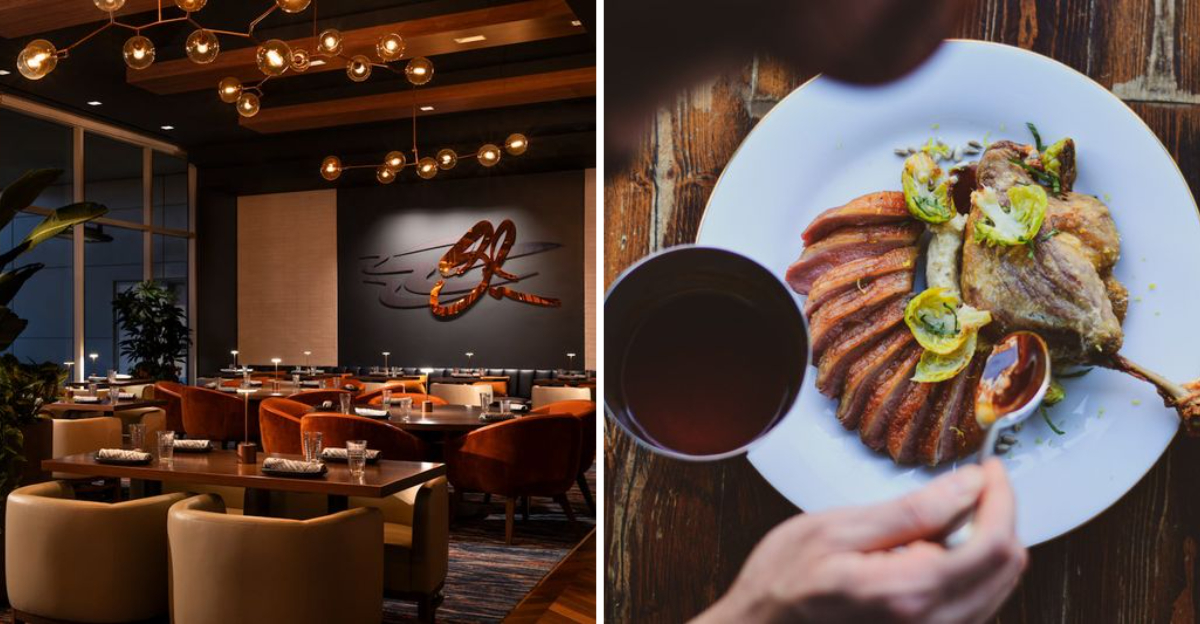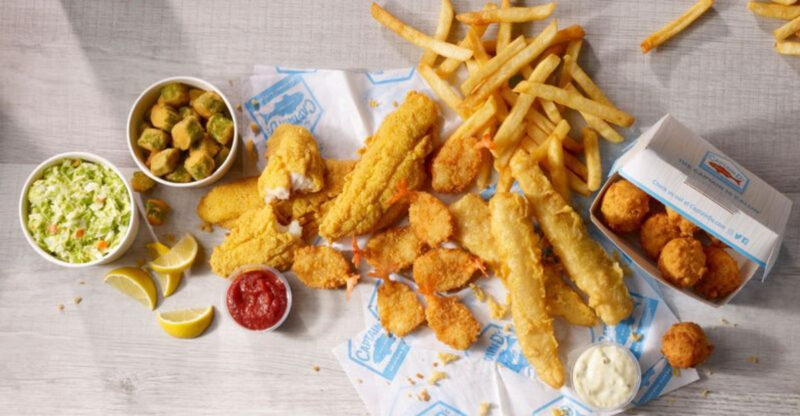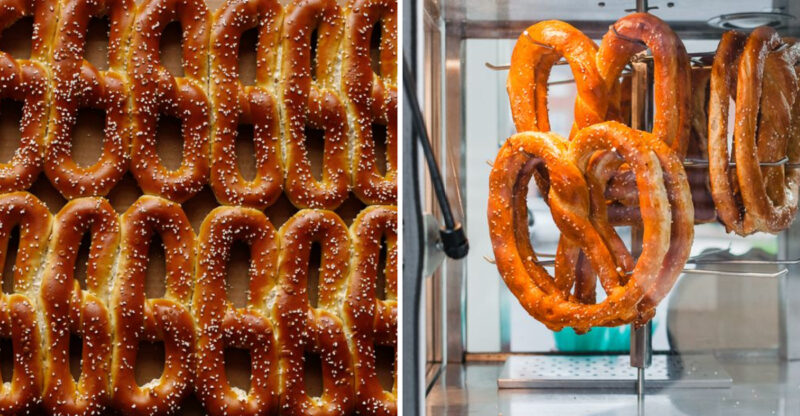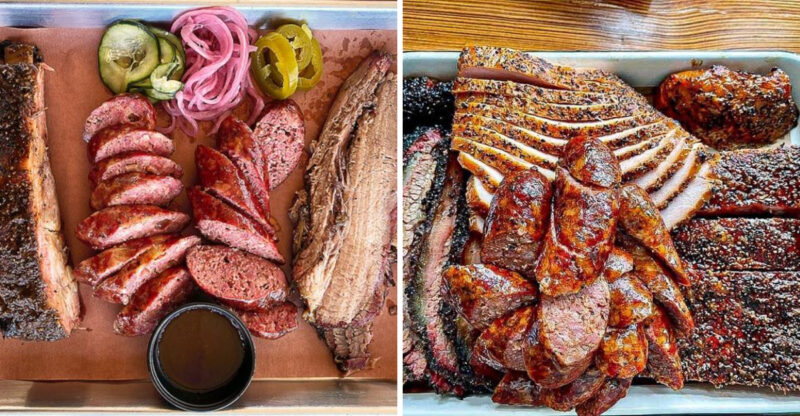Why Missouri’s St. Louis Restaurants Are Struggling With Rising Costs And Fewer Diners

The aroma of freshly baked bread and sizzling steaks still fills dining rooms that feel a little emptier these days. Behind the smiles of servers and the hum of conversation, owners are quietly fighting to keep their lights on.
In St. Louis, Missouri, the familiar comfort of neighborhood restaurants hides a growing sense of strain.
Costs climb higher with every delivery, and loyal regulars visit less often. Each meal served carries the weight of perseverance, a reminder that keeping a kitchen running has become an act of resilience.
1. The State Of Play In St. Louis Dining
Restaurants across St. Louis are navigating an economic landscape that feels increasingly hostile. Expenses climb while customer traffic drops, creating a squeeze that leaves owners scrambling.
Many establishments operate on margins so thin that even small shifts in costs or sales can tip them into the red. The combination of inflation, labor shortages, and cautious consumer spending has created an environment where survival requires constant adaptation and creativity from restaurant teams.
2. Owner Voices: Stories From Stacked STL And Crown Candy
Real restaurant owners are speaking out about their daily struggles. At Stacked STL, managers watch every penny while trying to maintain quality and service standards their customers expect. Crown Candy, a historic St. Louis institution, faces similar pressures despite its loyal following.
Both establishments share concerns about balancing rising costs with keeping menu prices reasonable enough that families can still afford to visit without breaking their budgets or sacrificing the experience that keeps people coming back.
3. Labor Costs Climbing And The Impact On Margins
Finding and keeping good staff has become one of the biggest expenses for St. Louis restaurants. Wages have increased significantly as businesses compete for a shrinking pool of available workers willing to take demanding restaurant jobs.
Beyond base pay, employers face rising payroll taxes, insurance costs, and training expenses. These labor pressures eat directly into already slim profit margins, forcing some owners to reduce hours, cut staff, or raise prices – choices that each carry their own risks and consequences for business sustainability.
4. Food Cost Pressures: Why Expenses Just Keep Rising
Grocery bills aren’t the only thing getting more expensive – restaurant food costs have skyrocketed too. Supply chain disruptions, transportation fees, and wholesale price increases mean owners pay substantially more for the same ingredients they bought just months ago.
Meat, dairy, produce, and cooking oils have all seen dramatic price jumps. Restaurants can’t always pass these increases directly to customers without risking losing business, so they absorb costs that shrink their already tight margins even further, creating unsustainable operating conditions.
5. Customer Pullback: Diners Tightening Their Belts
Fewer people are eating out as household budgets feel the pinch of inflation across all categories. When gas, groceries, and rent all cost more, dining out becomes a luxury many families cut first from their spending.
Even loyal customers visit less frequently or order smaller meals to save money. This traffic decline hits restaurants hard because they depend on consistent customer volume to cover fixed costs like rent, utilities, and insurance that don’t decrease just because fewer diners walk through the door.
6. Neighborhood Challenges: Population Shifts & Displacement
Some St. Louis neighborhoods have experienced population changes that directly affect local restaurants. When longtime residents move away or get displaced, the customer base that supported neighborhood eateries disappears with them.
Gentrification and demographic shifts create uncertainty for restaurants that built their menus and pricing around specific communities.
Adjusting to new neighborhood dynamics while maintaining identity proves challenging, and not all establishments successfully navigate these transitions without losing their core customer relationships or financial stability in the process.
7. Support Measures: Grants, Associations, And Relief Efforts
Various organizations have stepped up to help struggling restaurants access financial relief. Business associations, local government programs, and community foundations offer grants and low-interest loans designed to help establishments weather current economic storms.
These support measures provide temporary breathing room but don’t solve underlying structural problems.
Many restaurant owners appreciate the assistance while acknowledging that long-term survival requires more than short-term financial band-aids – they need sustained customer support and stabilized operating costs to build sustainable business models moving forward.
8. What’s Working: Strategies Restaurants Use To Stay Afloat
Creative adaptation has become essential for survival. Some restaurants have trimmed menus to focus on popular items that maximize profit while minimizing waste and prep complexity.
Others experiment with new revenue streams like meal kits, catering packages, or special events that bring in money beyond traditional dine-in service.
Flexible scheduling, strategic price adjustments, and renegotiating supplier contracts also help. These tactics require constant attention and willingness to try new approaches when old methods stop working in changing market conditions.
9. Value Vs. Price: How Owners Try To Lure Diners Back
Restaurants walk a tightrope between raising prices to cover costs and keeping menus affordable enough to attract price-conscious customers. Many establishments emphasize value through generous portions, quality ingredients, or special promotions that encourage visits without drastically cutting prices.
Happy hour deals, loyalty programs, and family meal packages aim to bring customers back more frequently. Owners hope that demonstrating good value builds trust and keeps their restaurants top-of-mind when diners do decide to spend their limited dining-out dollars somewhere special.
10. Risk Zones: Which Restaurant Types & Locations Are Most Vulnerable
Not all restaurants face equal risk in this challenging environment. Fine dining establishments that depend on discretionary spending struggle more than quick-service spots offering affordable meals during economic downturns.
Location matters enormously – restaurants in declining neighborhoods or areas with reduced foot traffic face steeper challenges than those in thriving districts. New restaurants with less-established customer bases and higher startup debt loads also carry greater vulnerability compared to longtime institutions with loyal followings and paid-off equipment that can weather storms more effectively.
11. Long-Term Outlook: Can Restaurants Ride Out This Storm?
The future remains uncertain for St. Louis restaurants facing this combination of pressures. Some will adapt successfully by finding the right balance of cost management, menu innovation, and customer engagement that allows them to survive until conditions improve.
Others may close despite best efforts if costs stay high and customer traffic remains low.
Community support through regular visits and understanding of necessary price increases could make the difference between survival and closure for many beloved local establishments during these challenging economic times ahead.






